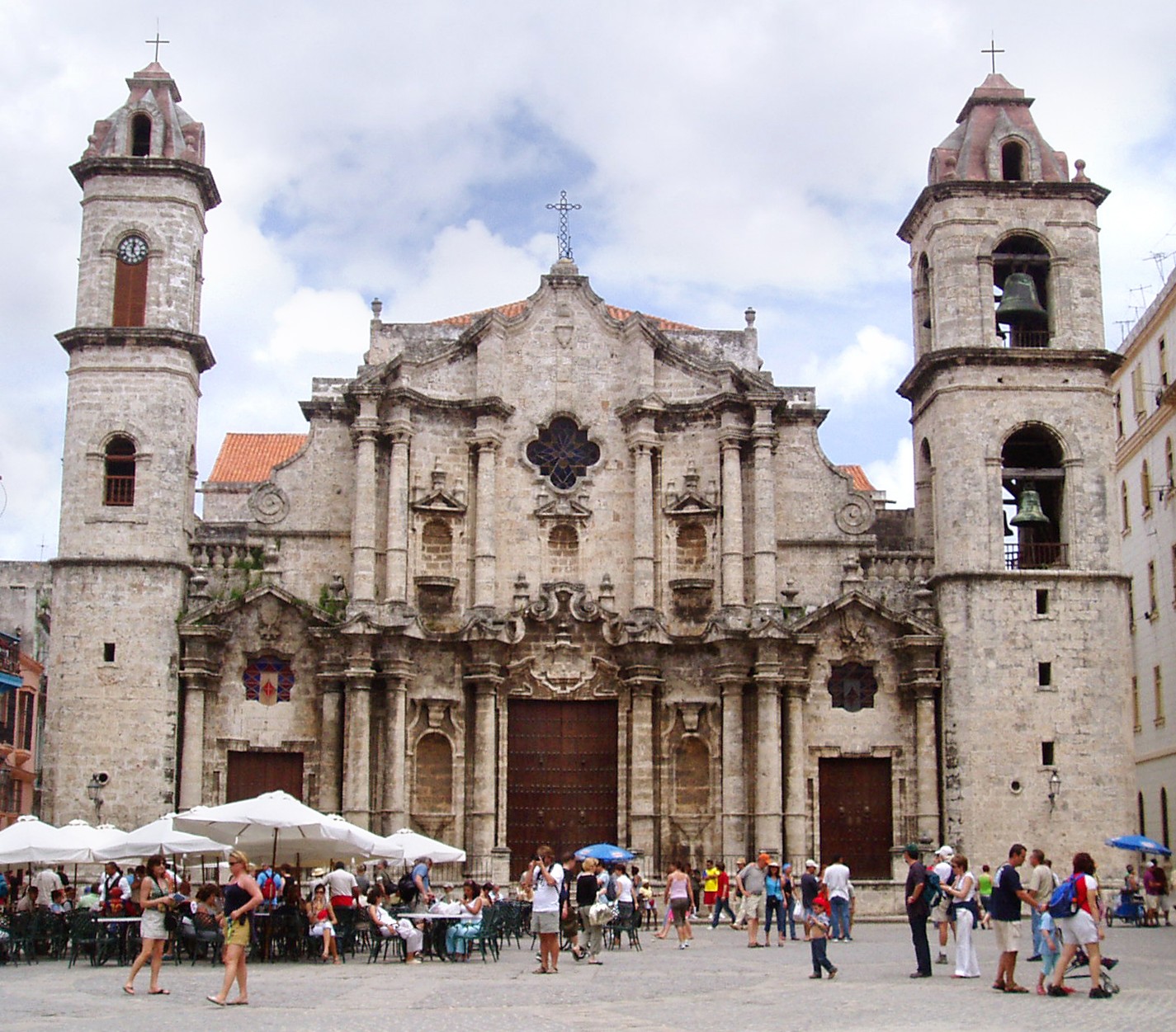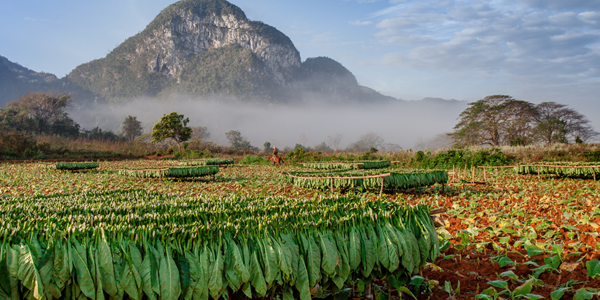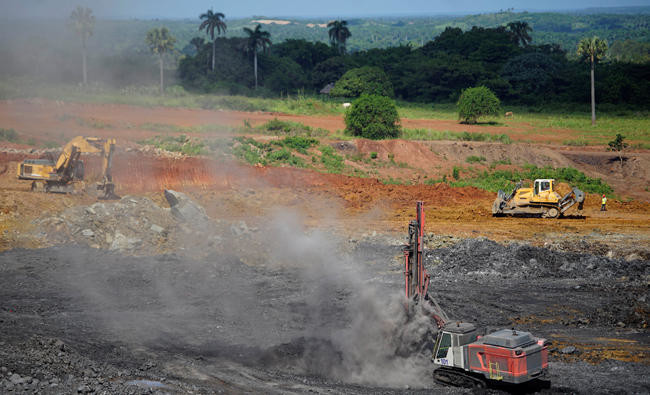

- Boston Scientific is a transnational corporation and medical device manufacturer. This corporation operates in 40 different countries around the world and across 6 continents. These facilities include headquarters, institutes for advancing science, customer fulfillment centers, and manufacturing plants. Boston Scientific employees 38,000 people globally. Coyol, Costa Rica and Heredia, Costa Rica are home to two of thirteen manufacturing plants that make products for business units and research facilities. These facilities collectively employ over 4,500 people in Costa Rica and the corporation is the largest medical device operator in Costa Rica. Medical equipment is the second largest export of Costa Rica, accounting for 7.3% of exports.
- These facilities employ a great number of people in Costa Rica which can be seen as a potential benefit to the economy of Costa Rica, as the corporation supplies a salary to thousands who can then spend this money in the Costa Rican economy. On the other hand, American transnational corporations, such as Boston Scientific, can potentially exploit labor and take advantage of tax incentives in foreign countries. Also, the effects of production unequally benefit the corporation in America, as this is where most of the money from manufacturing goes. Over 50% of Boston Scientific’s employees are women in Costa Rica which is an incredible social good as the total labor force in Costa Rica is 39% female. Environmentally, these facilities may pose issues regarding hazardous waste and emissions, however, the corporation claims to address environmental concerns: they note a 67% reduction in GHG emissions since 2009 as of 2020 and the fact that 71% of purchased electricity was from renewable sources in 2020. Furthermore, it is important to note that these facts were self-reported and that greenwashing and false environmental impact statements are common in the case of profit-driven TNCs.
- I believe that neoliberalism best represents the presence of Boston Scientific in Costa Rica as I speculate that this manufacturing plant is an attempt by the corporation to limit both tax and regulation. Furthermore, the service of medical equipment (which arguably should be public) is privatized to encourage competition. Costa Ricans do not experience a fair share of the benefit of production, however, according to the neoliberal perspective, wealth trickles down. Lack of government regulation and a free market system characterizes this relationship.
References:
Zúñiga, A. (2021, August 3). Med Tech company to open factory, create 700 new jobs in Costa Rica. The Tico Times | Costa Rica News | Travel | Real Estate. Retrieved February 4, 2022, from https://ticotimes.net/2021/06/29/med-tech-company-to-open-factory-create-700-new-jobs-in-costa-rica
Cinde.org. (2019, June 27). Boston scientific to expand workforce in Costa Rica. CINDE Invest in Costa Rica. Retrieved February 4, 2022, from https://www.cinde.org/en/essential-news/boston-scientific-to-expand-workforce-in-costa-rica#:~:text=Boston%20Scientific%20currently%20employs%20over,Lead%20Silver%20in%20Costa%20Rica.
Trading Economics. (2020). Costa Rica – labor force, FEMALE2022 data 2023 forecast 1990-2020 historical. Costa Rica – Labor Force, Female – 2022 Data 2023 Forecast 1990-2020 Historical. Retrieved February 4, 2022, from https://tradingeconomics.com/costa-rica/labor-force-female-percent-of-total-labor-force-wb-data.html#:~:text=Labor%20force%2C%20female%20(%25%20of,compiled%20from%20officially%20recognized%20sources.
Boston Scientific Corporation or its affiliates. (n.d.). Corporate responsibility: Protecting the environment. Boston Scientific Advancing Science for Life. Retrieved February 4, 2022, from https://www.bostonscientific.com/en-US/corporate-social-responsibility/planet.html
Images:
Boston Scientific Corporation or its affiliates. (2022). Locations. Boston Scientific Advancing Science for Life. Retrieved February 4, 2022, from https://www.bostonscientific.com/en-US/about-us/locations.html.




